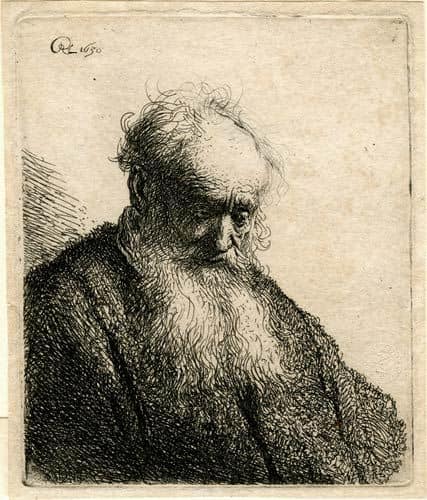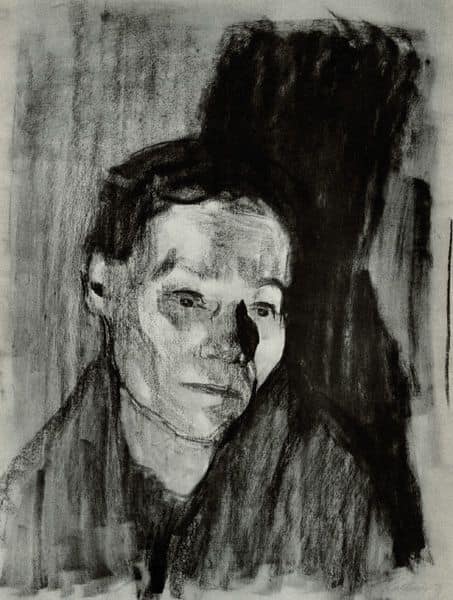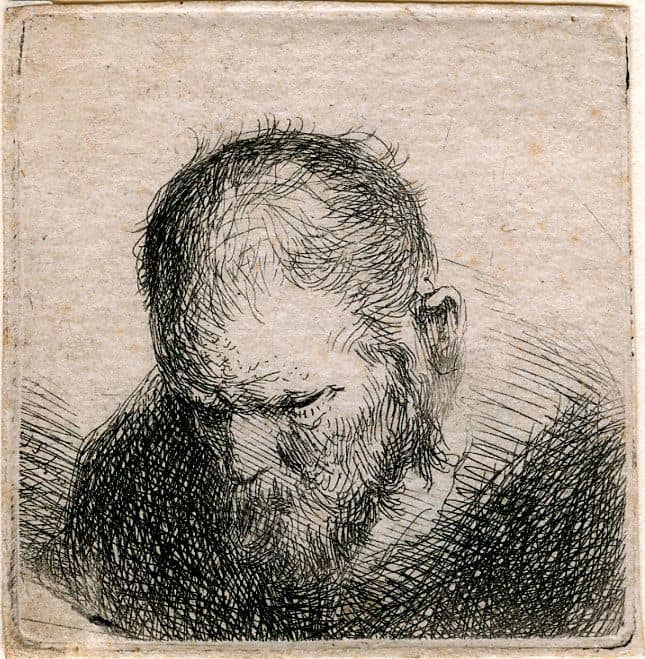Facial expressions
Facial expressions and hand gestures are powerful tools for conveying emotions and adding depth to a portrait. When combined, they can enhance the overall message and impact of an artwork.
Facial expressions play a crucial role in portraying emotions and communicating non-verbally. The human face has a vast range of muscles that enable us to display various emotions like happiness, sadness, anger, surprise, and more. When drawing or painting a portrait, capturing the subtleties of facial expressions becomes essential to convey the intended mood or message.
A well-executed facial expression in a portrait involves paying attention to the position and movement of different facial features. For example, the eyes, eyebrows, mouth, and even the wrinkles on the forehead can all contribute to expressing different emotions. The position of the eyebrows can indicate surprise or anger, while the shape of the mouth can portray happiness or sadness. By observing these details and accurately reproducing them in a portrait, an artist can evoke specific emotions and create a deeper connection with the viewer.
Hand gestures, on the other hand, add an additional layer of expression and communication to a portrait. Hands are incredibly versatile and can convey various emotions, intentions, and actions. They can be used to emphasize a point, express excitement or fear, or even indicate specific gestures that are culturally meaningful. Adding hands to a portrait allows the artist to expand the storytelling potential and provide more context to the subject’s emotional state or narrative.
When combining facial expressions with hand gestures, the possibilities for expression become even more extensive. The facial expressions set the overall emotional tone, while the hands can support, enhance, or even contrast the emotions portrayed. For example, a person with a smiling face and open hands can convey warmth, friendliness, or welcoming. Conversely, a person with a frowning face and clenched fists may express anger, frustration, or aggression.
To improve expression with hands, artists should study and observe real-life hand gestures, paying attention to the positioning and movements that accompany different emotions. Practicing drawing or painting hands separately can also help develop skill and confidence in capturing their complexity and unique characteristics. Additionally, understanding the anatomy of the hand and its underlying structure can aid in creating more realistic and expressive gestures.
However, it’s important to note that facial expressions and hand gestures are not always necessary for every portrait. Sometimes, the absence of these elements can create a different kind of emotional impact or leave room for interpretation. The decision to include or exclude facial expressions and hand gestures should be based on the artist’s intention and the desired effect they want to achieve in their artwork.
By mastering the art of capturing facial expressions and hand gestures, artists can elevate their portraits, evoking stronger emotions, and creating more engaging narratives.



